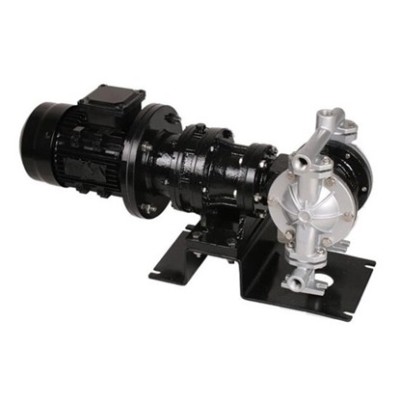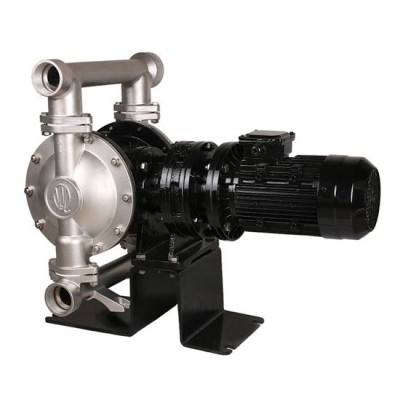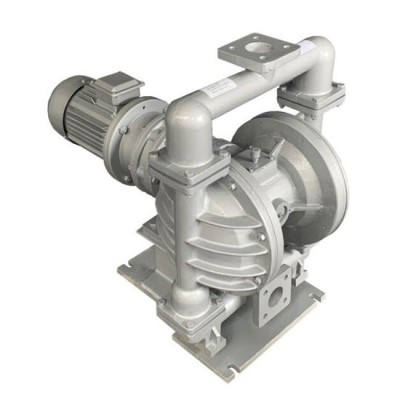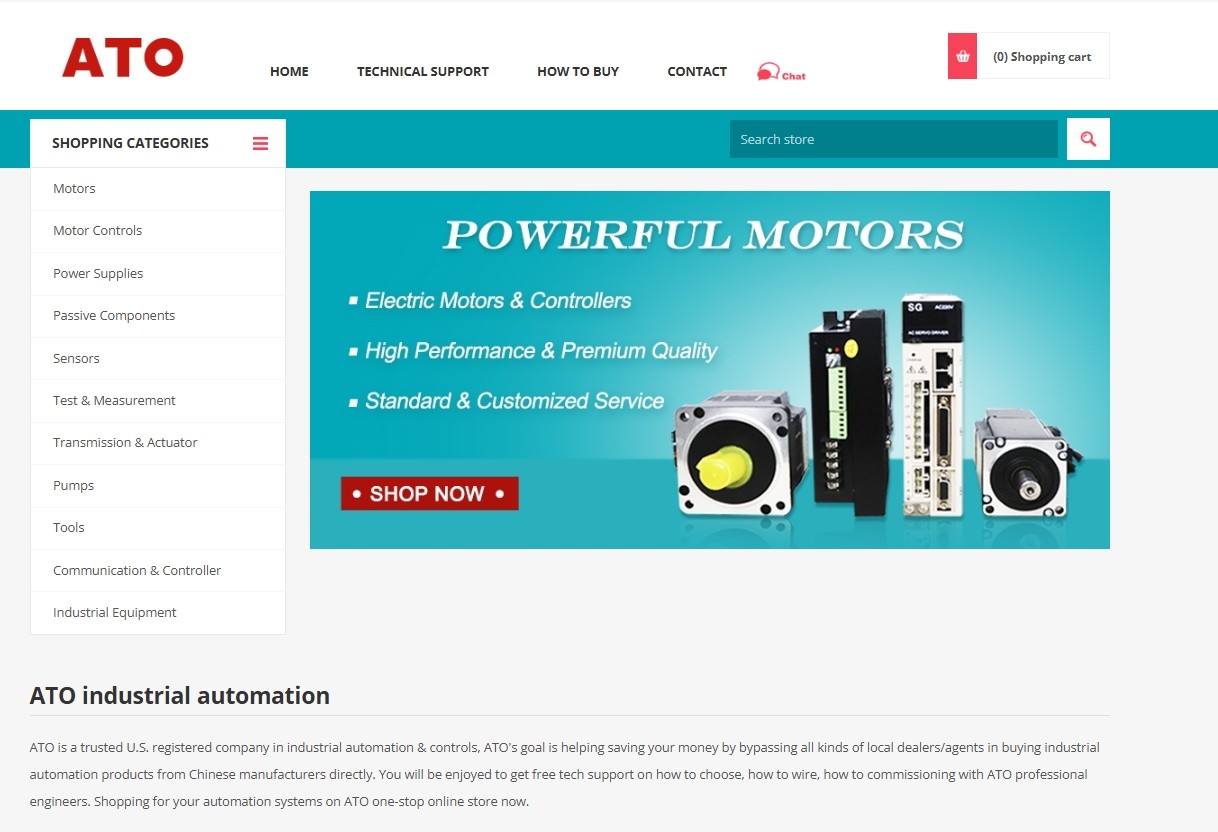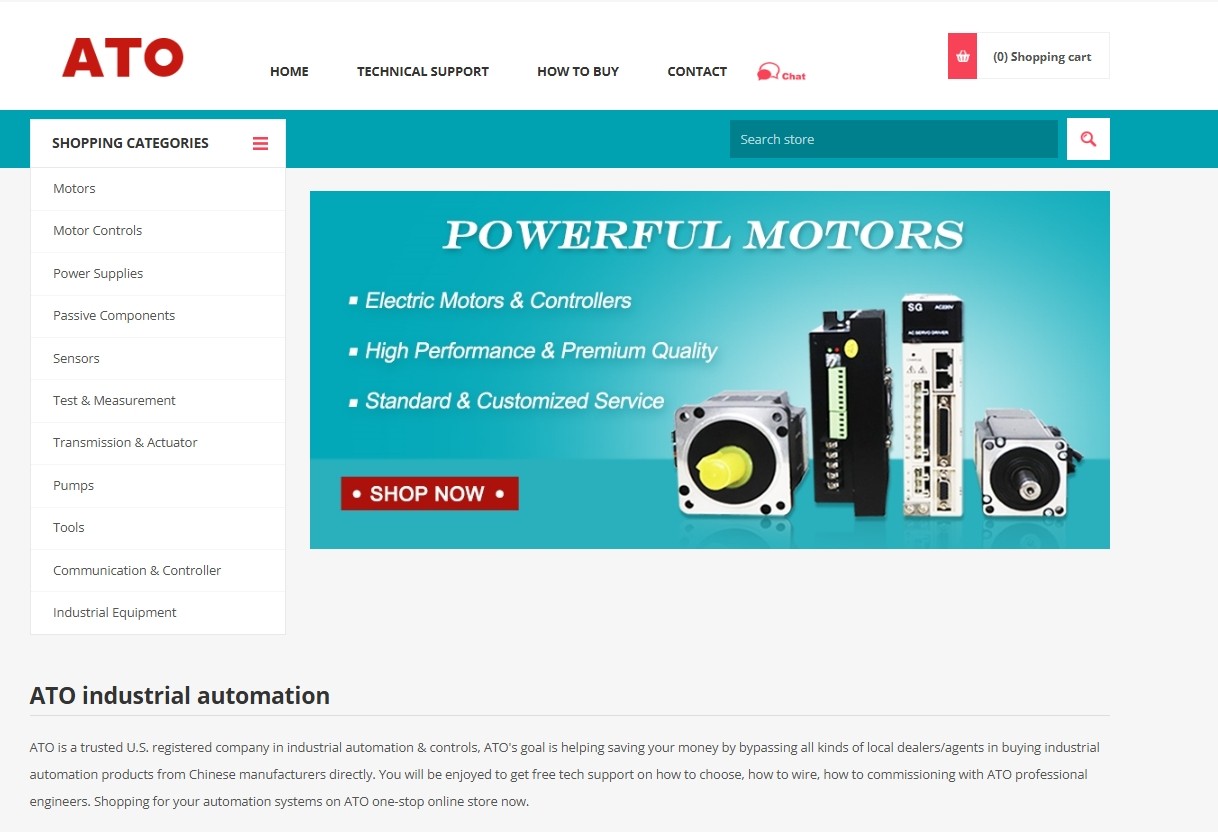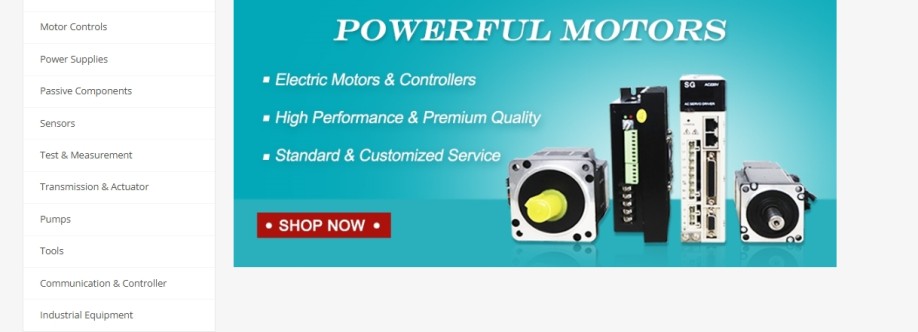Every industry that handles heavy fluids, from petrochemical plants to ceramics workshops, runs into the same challenge: how to move liquids that are either too thick, too abrasive, or too hazardous for traditional pumps. This is why more buyers search for a reliable Electric Diaphragm Pump, supplier networks that can provide equipment designed for these conditions. An EODD pump, short for electric operated double diaphragm pump, uses an electric gear motor to drive diaphragms back and forth, creating a constant suction and discharge cycle. The result is smooth transfer of slurries, acids, alkaline solutions, and even toxic media without the leakage problems associated with shaft seals. ATO Automation has seen how this technology has become a mainstay in U.S. industrial facilities looking for both performance and safety.
The issues most users face with conventional pumps are familiar. Centrifugal pumps often lose prime, clog when particles are present, or fail quickly with viscous materials. Gear pumps may overheat or wear seals prematurely. The Electric Diaphragm Pump avoids those problems because it is self-priming up to seven meters, does not require irrigation or priming water, and separates the conveyed medium from the drive mechanism with flexible diaphragms. Since there is no shaft seal, leaks are virtually eliminated and service life is significantly longer. For buyers, this means reduced downtime and fewer maintenance interventions, which directly translates into cost savings.
Unmet demands in many plants include handling solids along with liquids. Few pumps can reliably pass particles, but electric diaphragm designs can handle mud and particulates under 10 mm with ease. That ability allows industries like wastewater treatment and mining to depend on them for reliable service. Another demand is adaptability: Electric Diaphragm Pumps are available in plastic, aluminum alloy, stainless steel, or cast iron bodies, with diaphragms in neoprene, fluororubber, or nitrile rubber. This variety ensures compatibility with corrosive chemicals, abrasive slurries, and sensitive fluids alike.
The advantages also include size and weight benefits. Thanks to planetary cycloid transmission structures, these pumps are about half the volume and weight of comparable models. Portability matters when pumps need to be installed in tight spaces or moved between sites. At the same time, the range of inlet and outlet sizes—from 3/8" up to 4"—gives engineers flexibility to match flow requirements to their process lines. Efficiency remains high because the diaphragm motion is directly linked to the crankshaft slider mechanism, making energy transfer consistent.
Technically speaking, an Electric Diaphragm Pump is more than just a rugged fluid handler; it is an energy-efficient solution that reduces leakage risks, handles a broad spectrum of viscosities, and maintains durability under continuous operation. For decision makers sourcing equipment, the choice of supplier is crucial because proper configuration, material selection, and after-sales support ensure long-term reliability.
About Us: ATO Automation has been active in automation and industrial fluid transfer solutions for over 15 years. We partner with global manufacturers and provide B2B clients in the United States with Electric Diaphragm Pumps tailored to their needs. With headquarters in the U.S. and strong international cooperation, we deliver equipment backed by technical expertise and trusted partnerships to keep American industries operating at full efficiency.
